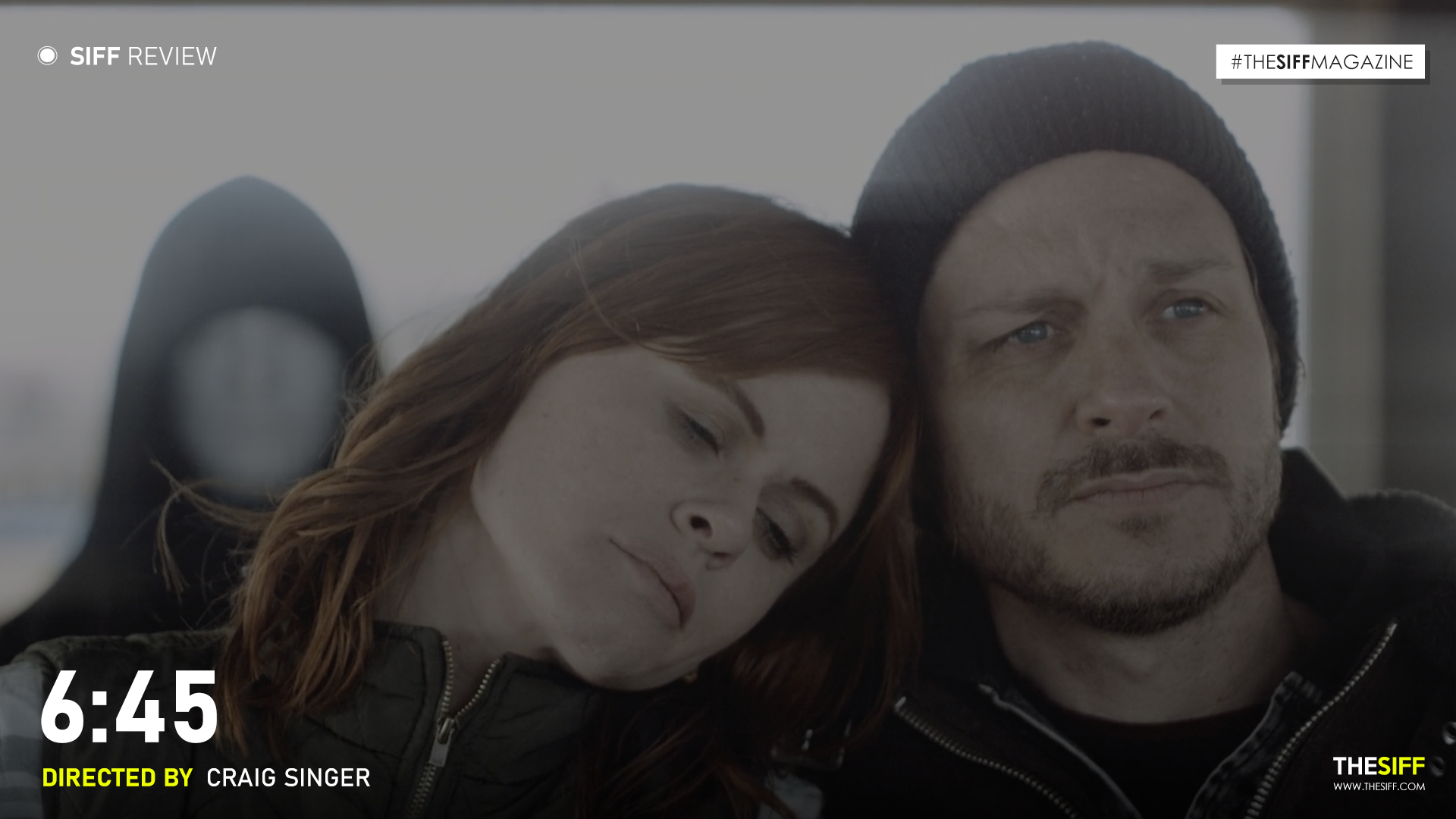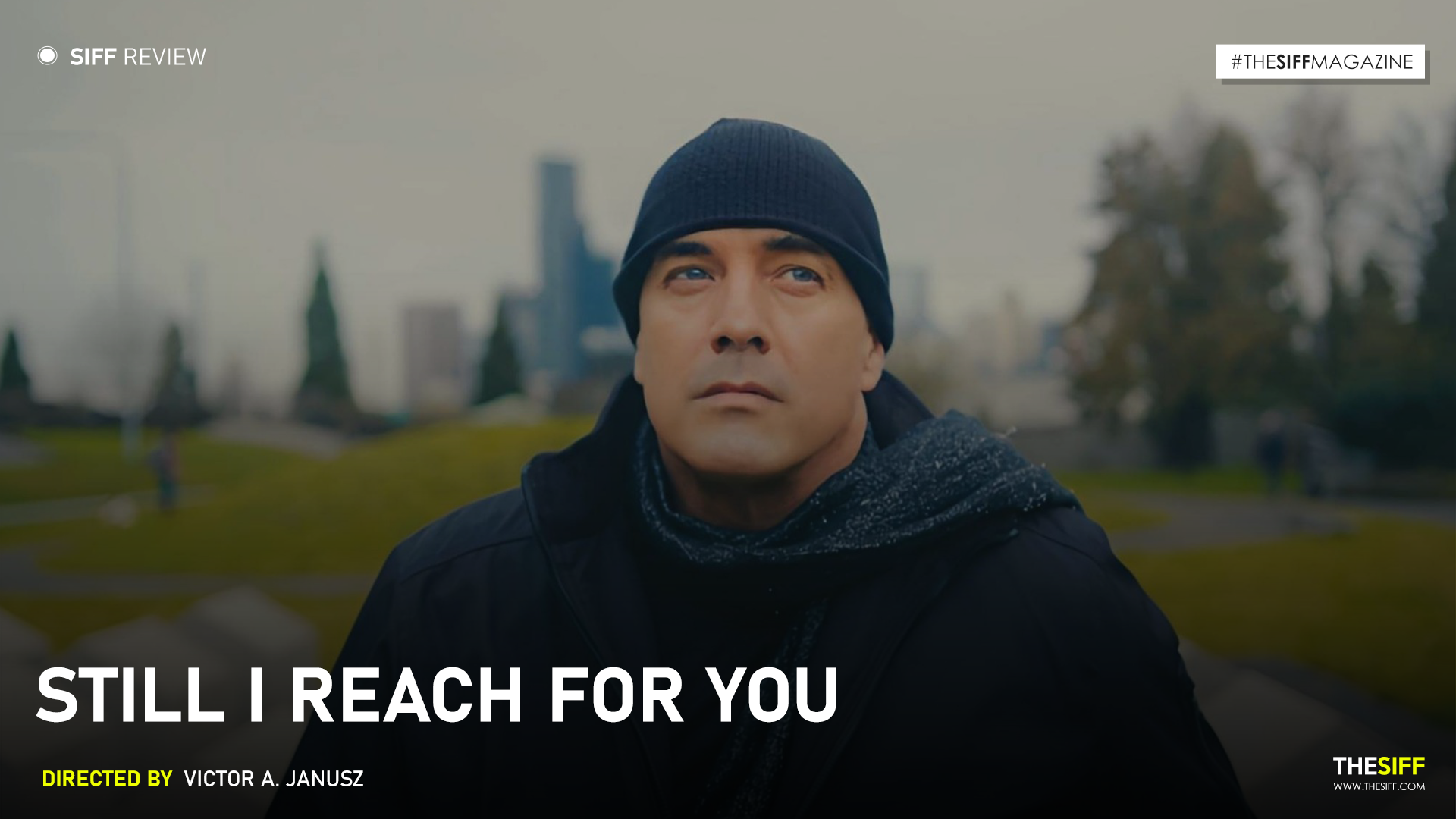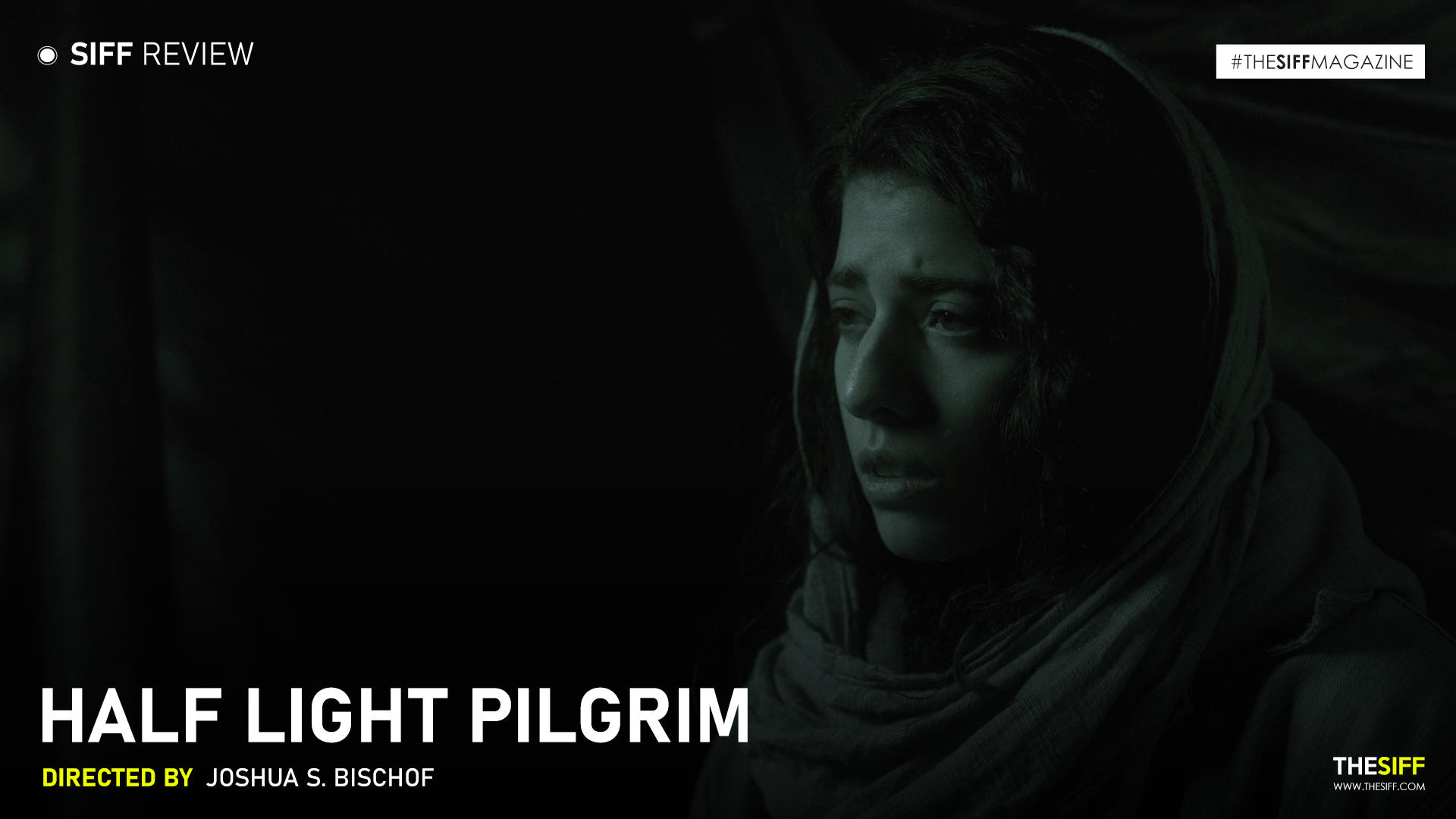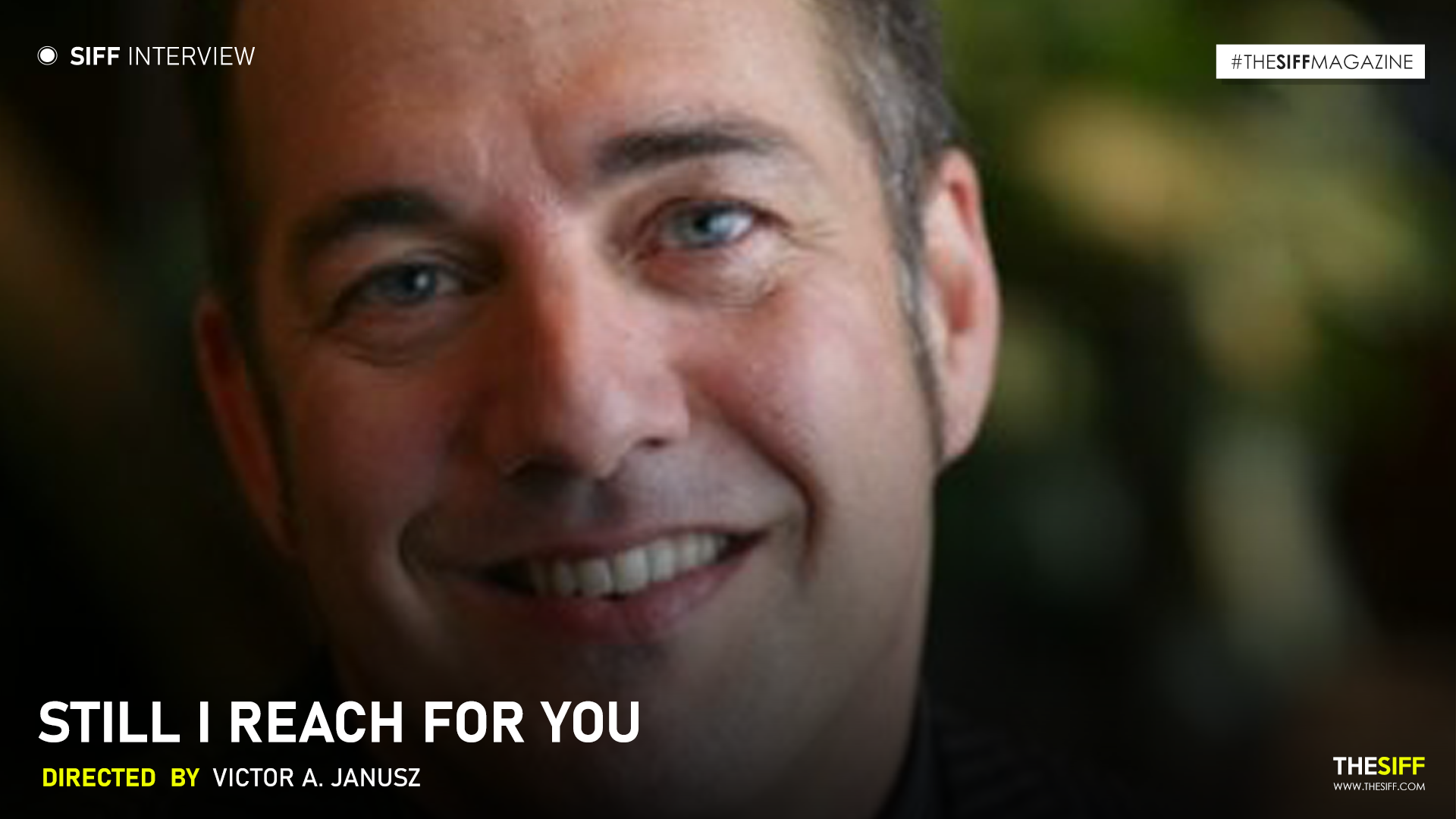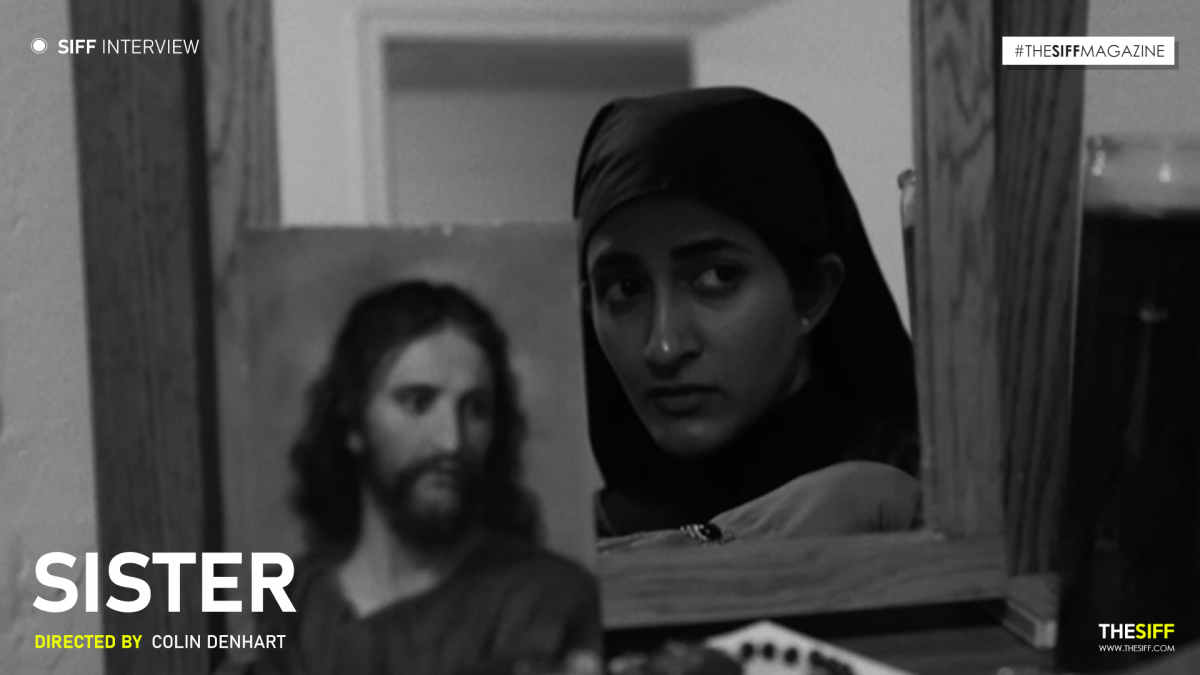
Movie : Sister
Director : Colin Denhart
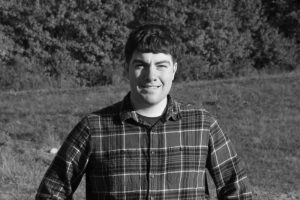
1. Sir, please tell us something about the origin of the story. The first appearance of
the story.
I first came up with the story for Sister while I was on the Transcendental Meditation
Sidhi program in Fairfield, Iowa during the summer of 2019. I was undergoing a deep
level of consciousness expansion while on the program and came up with several ideas
for future film projects during that time, similar to how The Beatles came up with ideas
for The White Album in 1968 while they were with Maharishi.
The story was inspired by my own search for light in a world of darkness, and I felt a
young nun was the best representation of a professional spiritual seeker, so I chose to
have a nun character be my focus for the film. I listened to music that inspired me for
the film such as “Eleanor Rigby” by The Beatles, “St. Matthew” by The Monkees, and
“Cymbaline” by Pink Floyd, and used this inspiration to write the script. I also was
reading the Bible and other sacred texts as part of a theology program and chose to
incorporate these writings into the story, most notably the opening “cosmic” sequence
being inspired by the Secret Book of John from the Nag Hammadi Gnostic texts. I also
was inspired by reflections on my own Catholic school upbringing and my priest and
nun at the school who taught me a lot about the history of Christianity and the esoteric
meanings behind Catholic symbolism which laid the foundation for my passion for
spiritual enlightenment. Additionally, I was reading about some of the haunted histories
of Indianapolis (where we shot the film) such as mass murderer Jim Jones and
murdered teenager Sylvia Likens and chose to incorporate these incidents into the film
to make the horror more real.
2. Where do you place the trope of horror in modern day cinema ?
Horror in modern-day cinema seems to come in a variety of qualities. There seem to be
the horror movies that are just a series of jump scares or one-note premises, and then
there are the horror films that are truly terrifying and deeply explore interesting themes
and ideas such as Mother, Hereditary, and Midsommar. Horror also can range greatly in
their budgets and scales allowing for a wide variety of stories and quality of works to be
set in the genre. The genre provides a great opportunity for upcoming filmmakers to
hone in on their skills and maybe gain some fans and wider viewership.
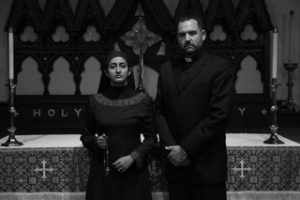
3. You have dexterously explored the concept of the uncanny in your film. The
subtle loss familiarity causing terror. Would you like to say something about
this?
When our reality is twisted just slightly or the line between reality and superstition
becomes blurred, it creates a sense of unease and unknowingness in the viewer. The
greater the unknowingness or uncertainty one feels the greater the fear and feeling of
horror. My film incorporates the real-life local history of dark events and people such as
the vicious murder of teenager Sylvia Likens in the 1960s and the preaching of Jim
Jones that eventually led to him killing 900 people, literally bringing “ghosts” of the past
to life by filming scenes in these actual locations and even using the voice of Jim Jones
in the scene shot outside the church where he was a preacher. Regardless of one’s
beliefs in ghosts, the afterlife, spiritual realms, etc., there is something that feels strange
or strikes a chord when being in these dark places and their negative presence looms.
4. What is that one horror movie that still scares you? A movie that still haunts you.
The horror movie that has scared me the most over the years has been the original
1979 Amityville Horror film. The major terrifying element of the film is that it is based on
actual events, which are quite horrific even if exaggerated for the film. The original 1978
Halloween movie are some of its sequels also are movies that I sometimes still have to
watch with the lights on and make sure my doors are locked because of how real the
movie feels in its depiction of home invasion and the uncanny supernatural mystery
surrounding the character of Michael Myers and how the story could plausibly happen in
any American town.
5. How is Sister different from movies like conjuring and the nun? What makes your
story unique?
Movies like The Conjuring and The Nun, though sometimes good, seem to rely more
heavily on jump scares and surface-level villains and not so much on the deeper
meanings and significance surrounding their subject matters. The uniqueness of Sister
compared to many mainstream horror movies is that it is partially inspired by sacred
scriptures and real-life horror events with the focus placed more on the interactions with
the supernatural while keeping things a mystery with symbolic presentation and not
overly explaining things, much more like David Lynch’s Eraserhead or Stanley Kubrick’s
The Shining.
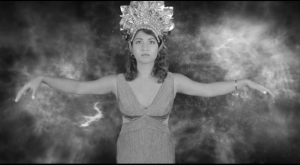
6. Do you believe there is a growing need for pragmatism in horror movies today?
As there is a fear of plots turning gimmicky.
Pragmatism in horror movies adds a greater sense of relatability to the audience. The
horror presented in a film feels more real if the audiences feel a deep connection to the
protagonists or feel like the events depicted in the film could happen to them. Horror
films seem to turn gimmicky every so often but sometimes these gimmicks that seem
innovative at the time will turn out to be dated in the future, leaving some films forgotten.
I try to avoid being too gimmicky with my work and focus on elements that will make my
films timeless and can be watched decades from now.
7. Why do you think carefully blending real events with fiction makes the plot moreeffective? Did you face certain difficulties? What were they?
Blending in real events with fiction definitely makes the plot more effective. When reallife events are interwoven into a story it makes the story seem like it could be just as real too and thus the audience will feel like they are witnessing something that could actually happen in real life. Some difficulty we faced with filming on location at the real horror locations actually was the spooky feeling of these places. The cast and I sometimes felt an eerie presence being in these places and wanted to film swiftly just to get away from the places as quickly as possible and hopefully not see any real ghosts.
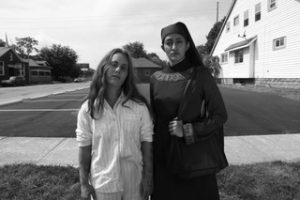
8. What were the things you had to keep in mind while writing the screenplay?
Some things I had to keep in mind when writing the script were locations, the number of
actors needed, and times of the day. I made sure the scenes I wrote would take place
during times that I would have access to certain locations such as my church and my
Freemasons Lodge. There were times we had to improvise scenes if the locations or
people involved did not exactly match the script. This actually worked out for the better
sometimes since the creative workarounds made more sense than what was originally
planned. For example, the script originally had Sister Jowi (Vasudha Krishnamoorthy)
going to a party with lots of people to find the knowledgeable loner Jim Smith (Joshua
Scantland), but when we could not logistically get a large group of people together
during the COVID-19 pandemic, we changed the script to have it just be the two actors.
9. What do you have to say about the technical aspects of the movie? Specifically
about the cinematography, the background score.
In terms of cinematography, I shot the film myself using a Canon 6D DSLR camera. I
chose to shoot the film in black-and-white to give it a throw-back feel to the 1960s (i.e.
Alfred Hitchcock’s Psycho) and to create an uncanny feeling in the viewers since the
film takes place in modern times yet the real world and most modern movies are not in
black-and-white. The black-and-white cinematography also pays tribute to indie films of
the 1990s such as Clerks. I hope Sister might be to the religious horror genre what
Clerks was to the genre of independent comedies.
The score was composed and recorded by Kunda Yu. He developed the soundtrack by
going over the film with me and having the music match the emotional points I wanted
to hit in each scene. For audio, we recorded almost all sound effects and voices entirely
through ADR in post-production, which is similar to the approach Orson Welles took
when creating his films. This technique allows more flexibility and control while filming
since there is no need to worry about the placement of microphones in shots on set or
background noise requiring multiple takes.
The creature effects for the demon Yaldabaoth were designed by my former classmate
Derrick Childers, who works professionally in Hollywood as a prop designer. We used
green screen technology and digital effects to achieve the cosmic scenes. The
movements of the demon were achieved through the use of fishing wire, similar to some
of the effects George Lucas achieved when making the original 1970s Star Wars.
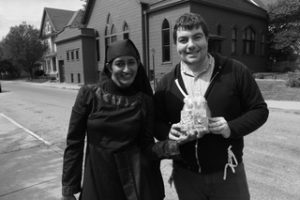
10. What would you like to say about the performances in your movie? How satisfied
were you?
I am extremely happy with all the performances in the film! I especially enjoyed working
with Vasudha Krishnamoorthy (Sister Jowi in the film). Vasudha is extremely talented
and a great collaborator. We developed a great working relationship on set with
Vasudha suggesting how we can get better shots and showing me how I can better
direct her and the other actors in the scene. She has won several acting awards for the
film so far, and I look forward to seeing the future roles she takes on as her career
evolves. We also have made short films and dance videos together outside of our work
on Sister and look forward to more creative collaborations in the future.
I also was very fond of the work done by Anza who plays the deity role of Sophia in the
opening of the film. Anza has had success recently as a pop singer/songwriter and it will
be cool to see her do more film roles in addition to her music work. She is a very
talented and kind and loving individual and someone who is bound to be a big star.
My Lodge brother Matthew Davis, who plays Father Matthew in the film, recently won
the award for best actor for his performance at a film festival in Italy. He also has been a
great source of guidance on set. Other actors in the film such as Jody Fedor, Jada
Buehler, Joshua Scantland, Katie Harbridge, and Jesse Mattysse all also were
wonderful to work with and spend time on the set. We always worked to keep all shoots
positive and exciting in order to get the best performance and good vibrations from
everyone.
Overall, I am happy with the performances of everyone involved. I am especially excited
to eventually share the work we have done with the sequel Sister II, which is currently in
post-production, and the new cast added with that film, who also have been such
amazing people with whom to collaborate.

